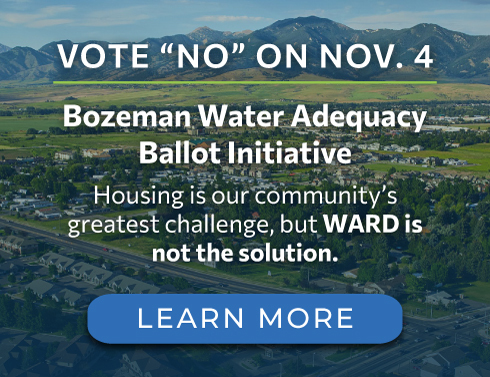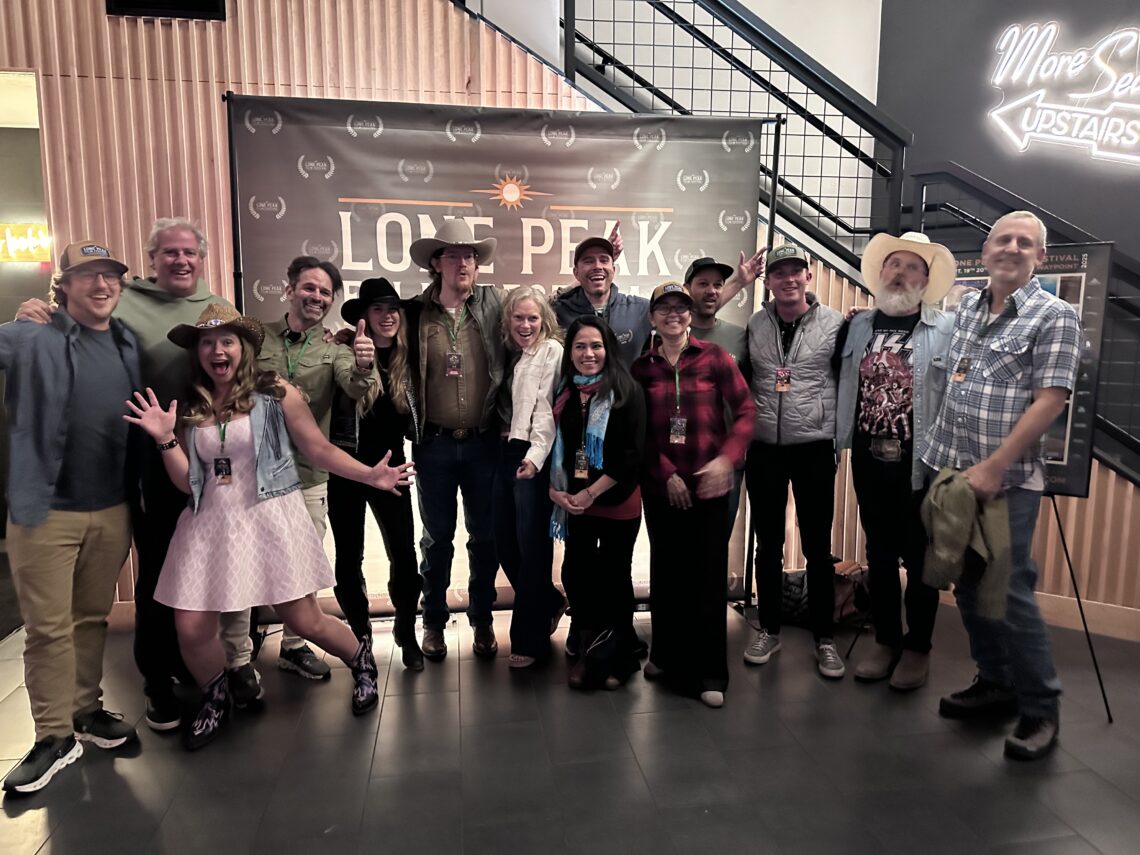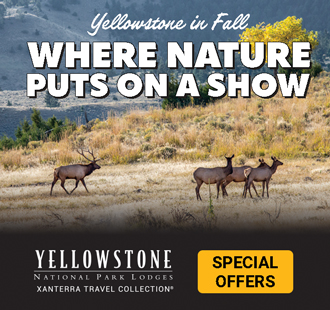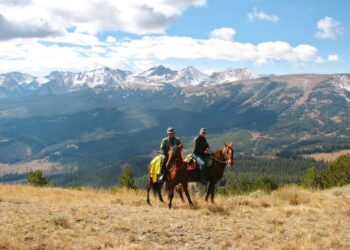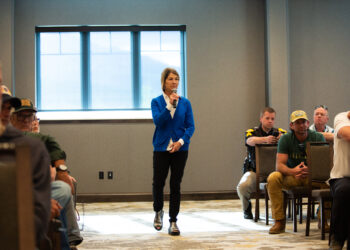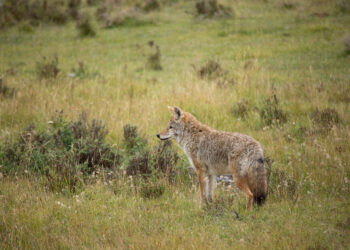By Carli Johnson SOCIAL MEDIA COORDINATOR
From Sept. 19-21, The Waypoint hosted the first-ever Lone Peak Film Festival, transporting moviegoers into different worlds, lives and cultures. Over the course of three days, the festival screened a curated lineup of films and welcomed the community for viewing, discussions, panels and workshops.
The idea for the festival began two years ago with filmmaker and Bozeman community member Daniel Glick, who has worked in the film industry for over 20 years. He considered both Bozeman and Big Sky as potential locations and eventually partnered with Big Sky community member and Lone Mountain Land Company development leader Bayard Dominick, who joined the nonprofit festival’s founding board and helped lay the groundwork through community outreach and local partnerships.
The festival was built around four core pillars: Montana stories, Indigenous stories, conservation stories and stories of human resilience. In an interview with EBS, Glick noted how important it was to find stories that uplifted and inspired audience members.
“Most media focuses on the bad and all the stuff that’s wrong with the world,” Glick said. “At the same time, there are people all over the world who are trying to make things better for their communities, for themselves, for the planet. So, we decided that we wanted the films that we selected to have that quality… focusing on the people [who] are trying to do good in the world and in their own ways, overcoming challenges.”
With the help of sponsors including $24,550 from Resort Tax, the organization was able to fly out and host a representative from nearly every film. In addition to screenings, the festival hosted learning sessions and mentorship panels covering writing, directing and producing with support from four invited mentors.
Glick noted many independent filmmakers face financial challenges, so the festival sought to honor artists with learning sessions, giving filmmakers a chance to ask questions about projects they’re working on and learn from industry experts.
The festival came together quickly, and planning accelerated when Liz Knowles joined the team as community builder and marketing lead. With only three months to prepare, Knowles helped secure sponsors, worked with local agency Peak Creative Designs to direct the festival’s visual identity, managed merchandise and graphics and oversaw marketing efforts.
With such short notice, Knowles emphasized the festival would not have come together without the collective community effort to make it a success. “Everybody just banded together with what they had and what they knew,” Knowles said. “I do have to shout out all the sponsors, all the funding that we got, so many donations of different kinds, it was really a community effort.”
The Waypoint’s main theater served as the primary screening venue. The Arts Council of Big Sky hosted an art installation in partnership with Montana State University’s American Indian Council, which included two short Indigenous films shown on a monitor, seven exhibit posters and an Impact Fair. The fair featured booths from local nonprofits and non-government associations to share their organization and how people can get involved.
Attendance was strong throughout the weekend. Screenings on Friday and Saturday were consistently full, according to Glick. Audience members stayed for post-film discussions, and the event saw a broad mix of attendees. Organizers emphasized that a key goal of the festival was to bring together different parts of the community to experience and discuss film.
“It couldn’t have gone much better. For something like that to get together in three months is incredible,” said Glick beaming with joy at the success of the weekend.
Planning for year two is already underway. The main structure of the event will likely stay the same, with different films and possible year-round events. Organizers are open to additional community involvement and sponsorships.
“The first year set the tone,” Knowles said. “We’re already moving forward with plans for the next one.”

